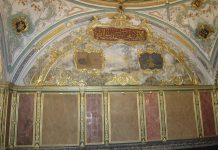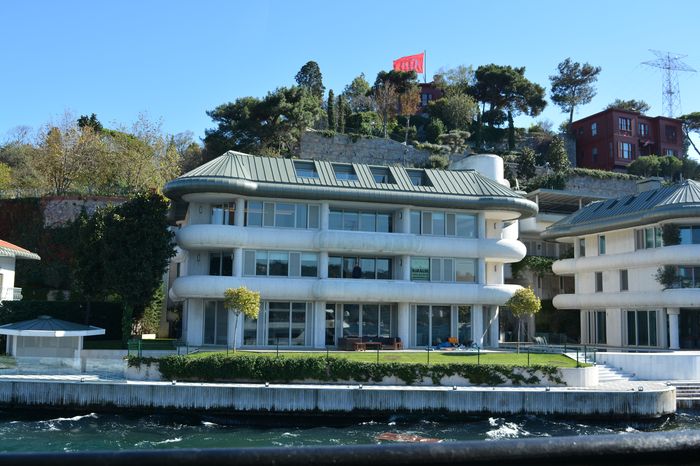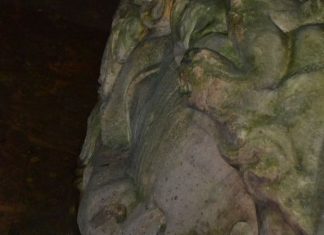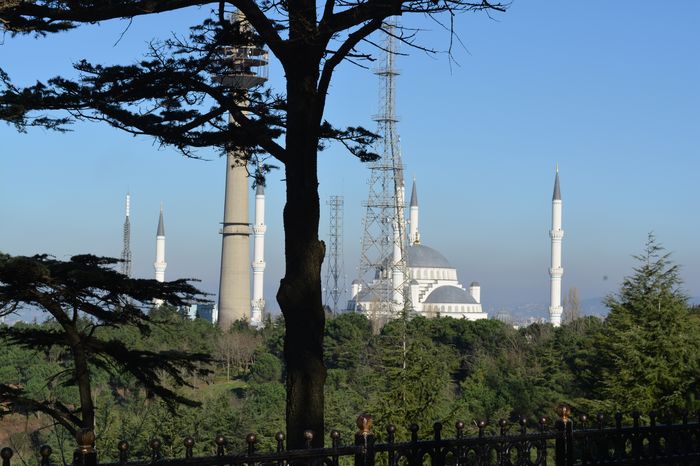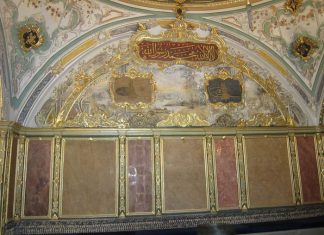Water has played a crucial role in shaping the identity of Istanbul since its inception. Positioned between the Halic and the Marmara Sea, with the Bosphorus strait weaving through its heart, Istanbul’s geographical location is defined by its relationship with water. Throughout history, the city has been adorned with a myriad of water-related structures, including channels, dams, aqueducts, water towers, fountains, and hamams. These structures not only exhibit remarkable aesthetic and architectural feats but also provide valuable insights into design and engineering practices of their respective eras.
Vezneciler and Saraghane A Showcase of Water Structures
The neighborhoods of Vezneciler and Saraghane serve as living testaments to Istanbul’s rich aquatic heritage, boasting a diverse array of water structures spanning both Byzantine and Ottoman periods. Here, monumental aqueducts stand alongside intricately designed fountains, offering a glimpse into the city’s evolution over centuries Rustem Paşa and Seyyid Hasan Paşa.
The Bozdogan Aqueduct A Byzantine Marvel
One of Istanbul’s most iconic water structures, the Bozdogan Aqueduct, also known as the Valens Aqueduct, is situated in Fatih, spanning the hills where Istanbul University and Laleli Mosque now stand. Constructed in the late 4th century under the patronage of Byzantine Emperor Valens, legend has it that materials from the walls of the Khalkedon neighborhood were repurposed for its construction. Despite occasional abandonment during the Byzantine era, subsequent renovations ensured its continued functionality.
Ottoman Contributions and Renovations
Following the conquest of Istanbul, Sultan Mehmet the Conqueror took measures to address the city’s water scarcity issues by repairing and expanding the aqueduct’s water network. Throughout the Ottoman era, various sultans, including Beyazit II, Sultan Suleyman the Magnificent, and Mustafa II, undertook extensive repairs and enhancements to maintain the aqueduct’s integrity. Today, these efforts stand as a testament to Ottoman engineering prowess and dedication to preserving Istanbul’s vital infrastructure Private Bulgaria Tours.
Structural Details and Significance
Originally stretching over a kilometer during the Early Byzantine period, the aqueduct now spans approximately 971 meters, towering 63.5 meters above ground level, with a height of approximately 28 meters. Beyond its sheer size, the Bozdogan Aqueduct serves as a symbol of Istanbul’s resilience and ingenuity, standing as a vital link between its past and present.
As guardians of Istanbul’s aquatic legacy, structures like the Bozdogan Aqueduct not only bear witness to the city’s rich history but also serve as reminders of its enduring connection with water. Through their timeless beauty and historical significance, these structures continue to captivate and inspire visitors, offering a window into Istanbul’s illustrious past.

